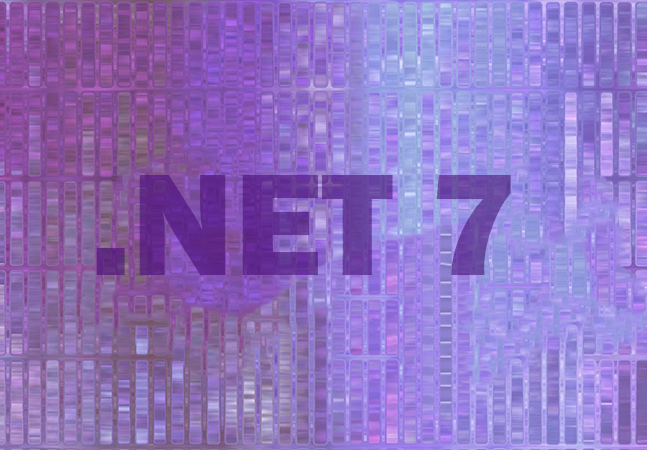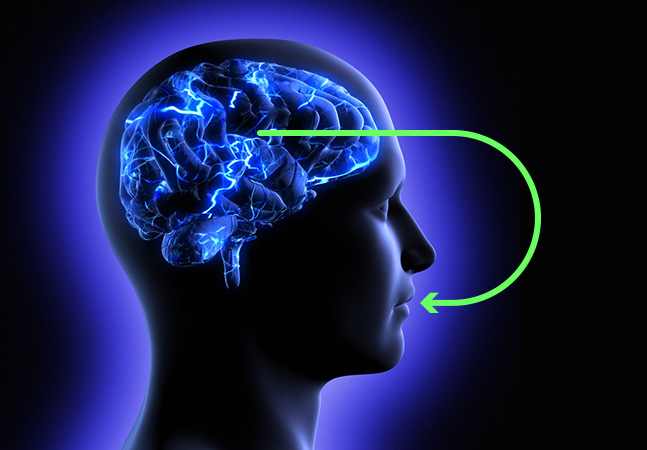
Exploring the special relationship among VS Code, Python and data science, which has resulted in nearly 158 million installs of related Microsoft dev tools and numerous No. 1 rankings in various surveys.

Get ready to use the BigInteger data type as Dr. James McCaffrey of Microsoft Research demonstrates zero-based mathematical permutations with C#.
- By James McCaffrey
- 07/05/2022

Microsoft shipped fourth previews for .NET 7 (including ASP.NET Core) and Entity Framework 7, along with an unusual Release Candidate 3 for .NET MAUI, the evolution of Xamarin.Forms that adds support for building desktop apps.

Entity Framework Core 7 (EF7) Preview 3 is out with improvements to the update pipeline along with initial preview support for scaffolding (database-first) templates and more.

CIFAR-10 problems analyze crude 32 x 32 color images to predict which of 10 classes the image is. Here, Dr. James McCaffrey of Microsoft Research shows how to create a PyTorch image classification system for the CIFAR-10 dataset.
- By James McCaffrey
- 04/11/2022

CIFAR-10 problems analyze crude 32 x 32 color images to predict which of 10 classes the image is. Here, Dr. James McCaffrey of Microsoft Research explains how to get the raw source CIFAR-10 data, convert it from binary to text and save it as a text file that can be used to train a PyTorch neural network classifier.
- By James McCaffrey
- 04/01/2022

This demo from Dr. James McCaffrey of Microsoft Research of creating a prediction system for IMDB data using an LSTM network can be a guide to create a classification system for most types of text data.
- By James McCaffrey
- 03/21/2022

Dr. James McCaffrey of Microsoft Research shows how to get the raw source IMDB data, read the movie reviews into memory, parse and tokenize the reviews, create a vocabulary dictionary and convert the reviews to a numeric form.
- By James McCaffrey
- 03/03/2022

Microsoft's new-age, open source, cross-platform data access tech doesn't run on the old, proprietary, Windows-only .NET Framework.

Dr. James McCaffrey of Microsoft Research details the "Hello World" of image classification: a convolutional neural network (CNN) applied to the MNIST digits dataset.
- By James McCaffrey
- 02/15/2022

Dr. James McCaffrey of Microsoft Research demonstrates how to fetch and prepare MNIST data for image recognition machine learning problems.
- By James McCaffrey
- 02/01/2022

The Microsoft-initiated OData protocol introduced way back in 2007 is in need of an update, the company said in announcing the next-gen version: OData NxT.

Microsoft has been busy with its object-database mapper tooling for .NET, unveiling a plan for Entity Framework Core 7, along with guidance to port EF6 applications to EF Core.

A chi-square (also called chi-squared) test is a classical statistics technique that can be used to determine if observed-count data matches expected-count data.
- By James McCaffrey
- 01/03/2022

The goal is sentiment analysis -- accept the text of a movie review (such as, "This movie was a great waste of my time.") and output class 0 (negative review) or class 1 (positive review).
- By James McCaffrey
- 11/16/2021